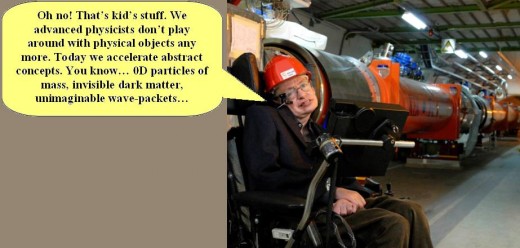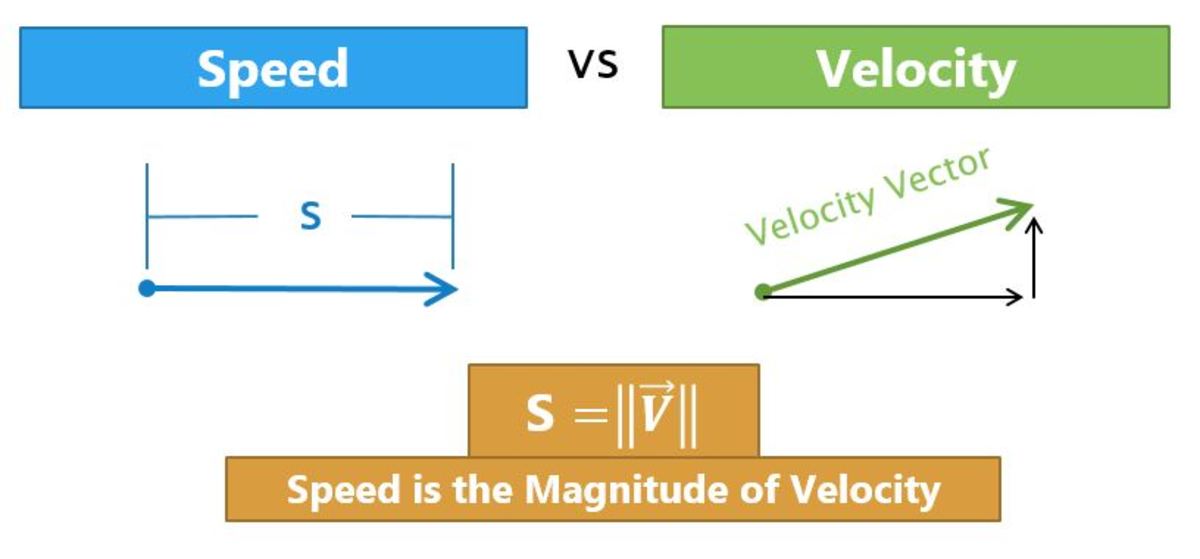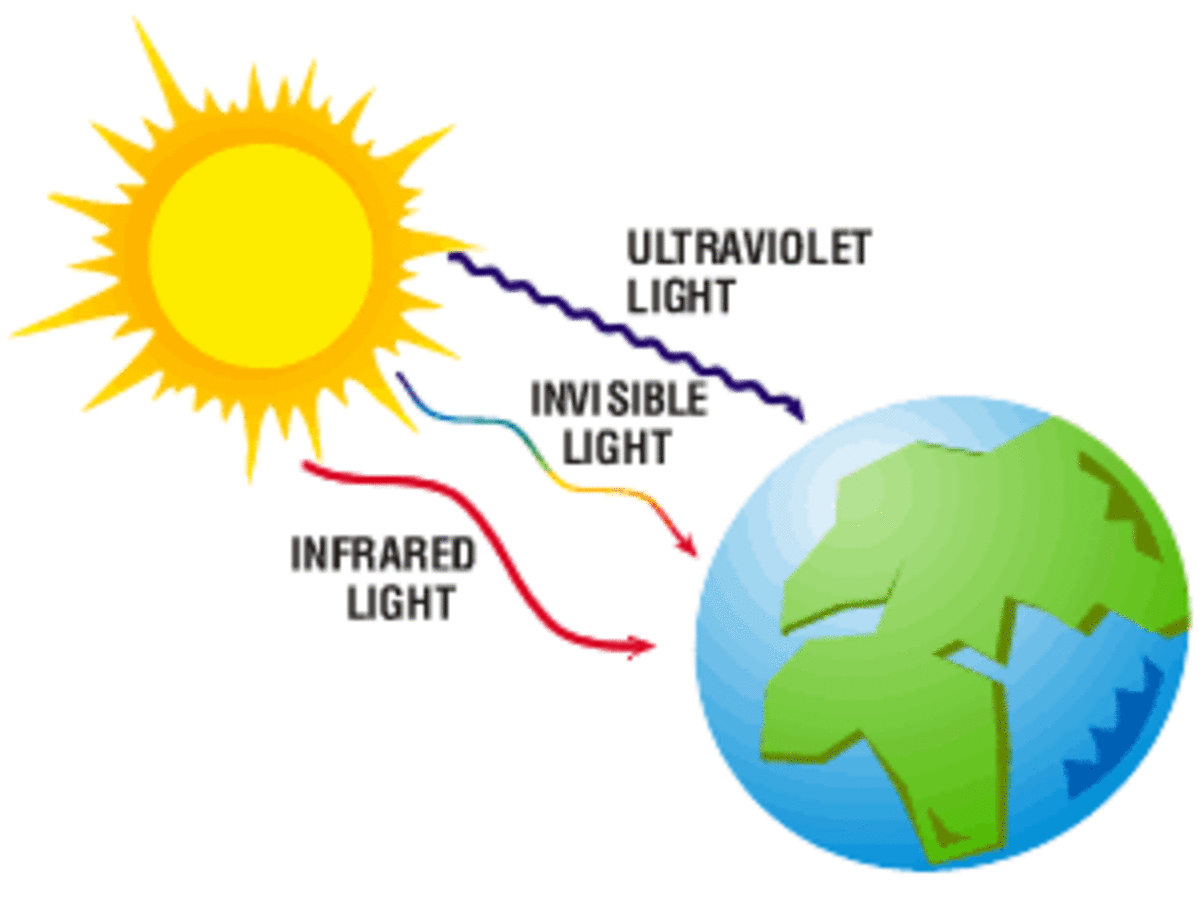05 Do leprechauns exist?

____________________
Unlike traditional religions, which are supernatural, Mathematical Physics is irrational. Irrational differs from supernatural in that the proponent cannot even imagine the entity at the center of the action. The reason for this is that the mathematician has converted a concept into a physical object.
____________________
When relativists categorically affirm that black holes exist, the problem is not so much the term black hole. The problem is the word exist. In the last 10,000 years no one has been able to define this enigmatic word. More significantly, not one so-called 'physicist' has realized its importance.
First and foremost, Physics is the science that studies objects. It is Philosophy which studies concepts. Physics only studies those objects that exist. It is religion which studies objects that don't exist. Therefore, a genuine physicist cannot elude the question. A physicist has no choice but to define the word exist.
However, since the mathematicians who usurped the title and called themselves 'physicists' never realized the importance of this formidable word, they are happy to have the philosophers decide for them what 'exist' means. And since the philosophers have no stake in the outcome, one way or the other, they ended up kicking the word around for centuries without reaching consensus. The result is that when the mathematicians say that a black hole or spacetime or dark matter 'exists', they have no idea what they are talking about.
For the purposes of Physics, an object is that which has shape all on its own. This restrictive definition is the only one which can be used consistently (i.e., scientifically). Pursuant to the standalone 'shape' version, a shadow and a hole fail to qualify as objects. 'A' shadow does not sit by itself without the tree, and disappears altogether if the tree goes into orbit around the Earth. Without a backdrop, there is no such 'thing' as a shadow. Likewise, the hole is not isolated from its ring, and vanishes as soon as the ring sits somewhere between the Earth and the Moon. Should we regard the object we call 'ring' as two objects?
In a similar vein, the only manner to use the word exist consistently (i.e., scientifically) is by defining it as "physical presence." The 'physical' part invokes an object. The 'presence' part invokes location. An object that exists is one that has location, defined in turn as the set of distances from the test object to all others in the Universe. The 'physical' criterion summarily excludes all concepts.
Now we can answer the question embodied in the title of this article: Does a leprechaun exist?
The first test is to determine whether the word leprechaun refers to 'that which has shape', and here, no doubt, the magical Irish elf passes with flying colors. The second test is to determine whether a leprechaun has location. Is there distance between the nose of the leprechaun and your right hand? If the answer is yes, the leprechaun exists BY DEFINITION for the purposes of the theory that follows. In Science, we don't explain, prove, or believe in existence. In Science, existence is a part of the assumptions. A genuine physicist doesn't say, "I will prove today that a leprechaun exists." A physicist says, "Let us assume that a leprechaun exist."
But the 'standalone shape' and 'physical presence' definitions are lethal to the religion known as Mathematical Physics. The words object and exist summarily eliminate the bread and butter of the mathematical establishment, words such as energy, mass, force, field, time, and charge, not to mention heretofore sacred 'mathematical' objects the likes of black holes, virtual particles, spacetime, 1D strings, and orbitals. What is the shape of energy? Can you sketch time or draw a picture of 'a' charge? Does 'a' field exist? How about 'a' virtual particle when it is turned off? How do you carry 'a' force or move 'a' mass?
________________

....................................
Rigorous definitions enable us to separate objects from concepts, what exists from what doesn't. Perhaps in the religion of Mathematical Physics they can 'carry a force' and dilate a minute. In Science, we cannot even imagine such scenes! In Science, only objects can be conceived to move and to play roles as actors. The director must put a shape in every frame of the film in order for the audience to visualize motion on the Big Screen. A theory of Physics is one you can illustrate.
....................................





